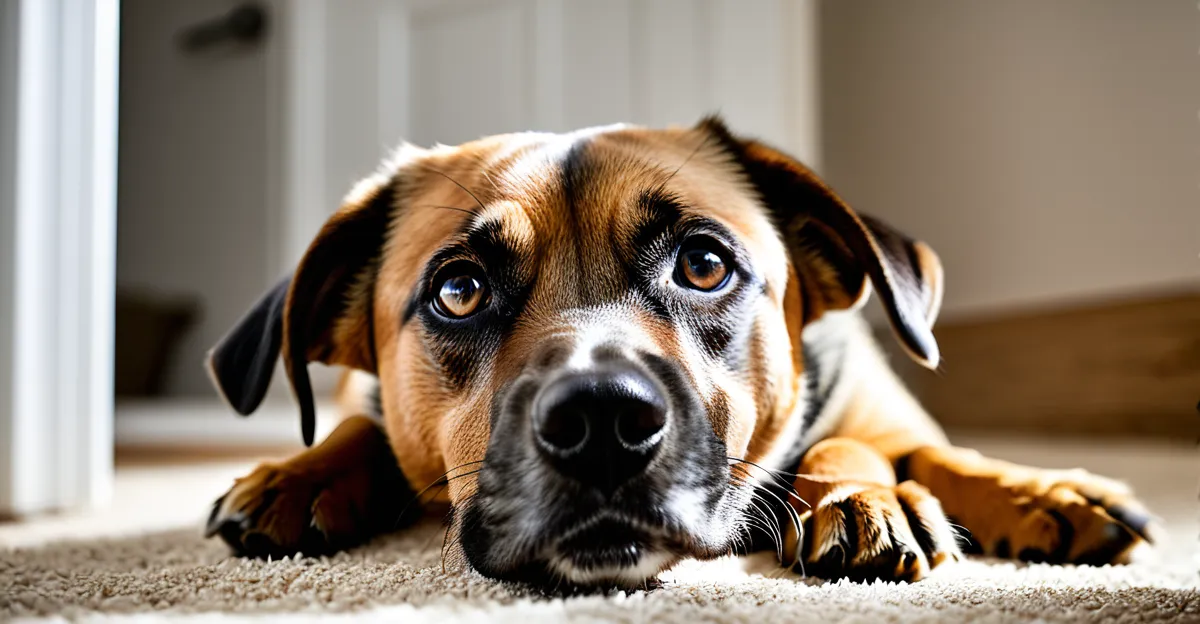Essential Steps to Make Your UK Home Pet-Safe
Making your home safe for pets starts with understanding UK-specific risks. Common hazards often overlooked by UK pet owners include toxic plants like lilies or foxgloves, which are widespread and highly poisonous. Household chemicals and small objects also pose serious threats. Effective pet-proofing means systematically identifying such dangers and eliminating access to them before accidents occur.
Fundamental principles of pet-proofing involve securing items pets might ingest or interact with harmfully. Store cleaning products, medicines, and human foods out of reach, ideally in locked cabinets. Consider installing barriers for appliances and clutter-prone zones to prevent accidental injury.
Also to discover : How Can Pets’ Behavior Influence Our Daily Routines in the UK?
Proactive safety measures are vital because pets explore their environments inquisitively. Preventing pet accidents in UK homes requires vigilance and consistent updating of safety plans. This might include routine inspection of new plants or products introduced into the household. For UK pet owners, establishing this safety-first mindset supports both pet wellbeing and peace of mind.
By embracing these steps, you can effectively reduce risks while enhancing the comfort and security of your pet’s daily life.
Also read : How Can Pet Owners in the UK Optimize Their Pet’s Well-Being?
Practical Pet-Proofing Tips for Every Room
Ensuring pet-proofing home effectiveness requires specific strategies for different areas. In kitchens and utility spaces, store all food, cleaning products, and chemicals securely, ideally in locked cupboards. Appliances such as ovens and dishwashers should have barriers or be inaccessible to curious pets. This prevents accidental burns and ingestion of toxic substances.
Living spaces and bedrooms pose risks from small objects, wires, and open windows. UK pet owners should tidy loose cables and pick up small items pets might swallow. Installing window guards is essential to avoid falls. Creating safe hideaways with comfortable bedding helps pets retreat and reduces stress.
Bathrooms and laundry rooms often store harmful medications and detergents. These must be kept in high or locked cabinets. It’s crucial to prevent pets’ access to standing water in toilets or washing machines, which can be dangerous. Regular checks of these rooms mitigate the risk of poisoning or drowning.
By addressing each room carefully and consistently, UK pet owners can significantly prevent pet accidents while providing a secure and comfortable home environment. This room-by-room approach makes managing risks more manageable and effective.



